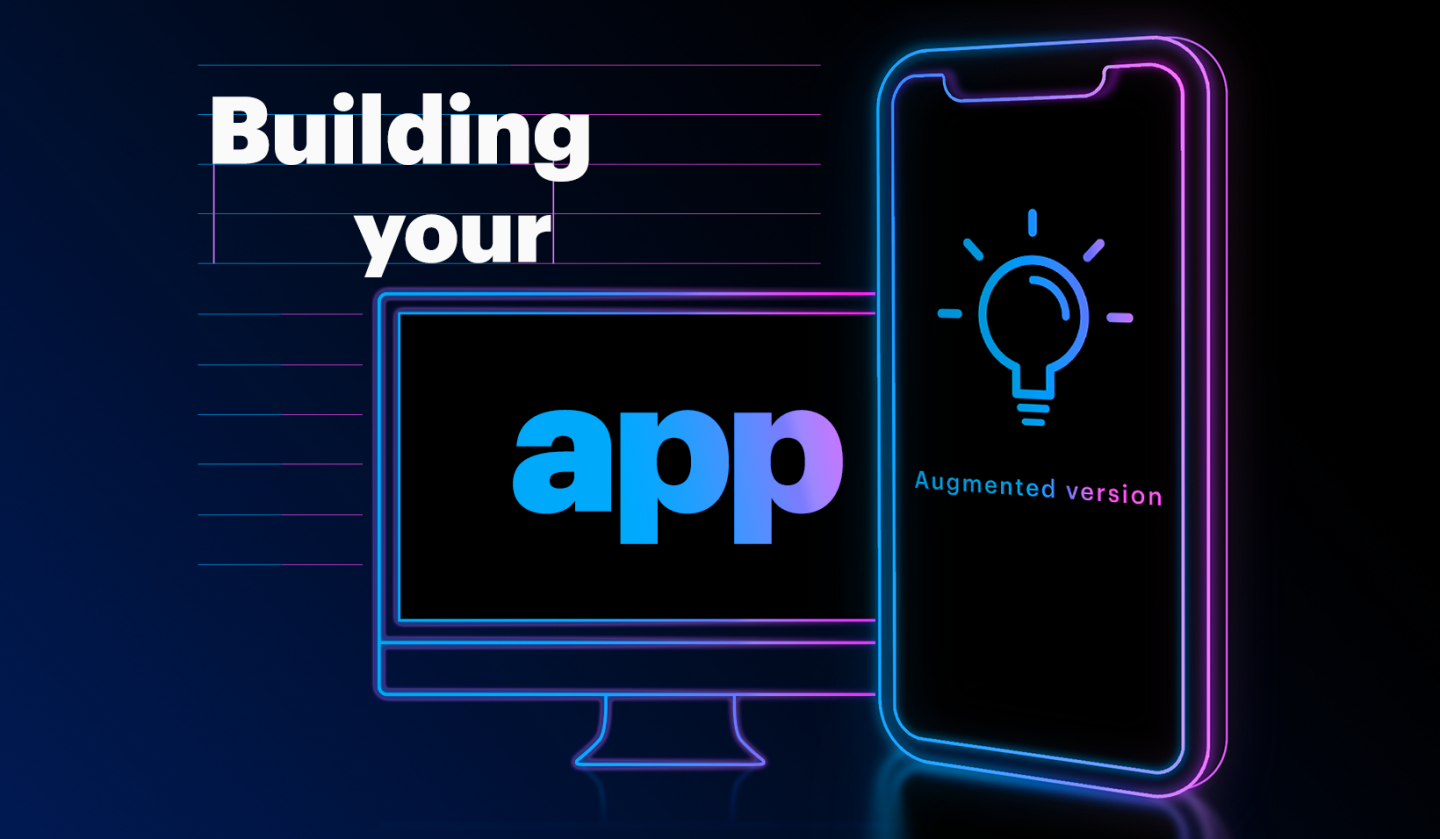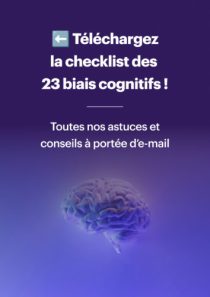The design phase is a crucial step in the project development lifecycle.
Can you imagine building a house without a blueprint ? Would you construct a bridge without precisely calculating its load-bearing capacity ?


Similarly, the design phase:
- Transforms initial ideas into detailed, concrete plans that serve as the foundation for project development and implementation.
- Reduces risks and enhances the quality of the final product.
- Ensures that the product meets user expectations and project objectives.
The design phase is conducted by a designer who actively collaborates with project stakeholders, such as product managers, entrepreneurs, marketing leads, and technical teams. This phase is essential whether creating a new product or service or redesigning an existing one.
Key benefits of the design phase
- Clarity and alignment: It creates a shared vision and aligns teams on goals and expectations.
- Early validation: Testing and validating concepts early with users helps avoid unnecessary costs later. Adjustments are easier and less expensive at this stage, before significant resources are committed to development.
- Effective communication: Providing a clear visual guide to developers and stakeholders reduces the risk of misunderstandings.
- Cost reduction: While the design phase might seem like a significant initial investment, it saves time and money in the long run—a smart choice!

What are the steps in the design phase?
1. Definition
- Validate understanding, vision, and business goals (who, what, why, when, where, how…).
- Understand the domain and business constraints.
- Identify the problem to solve and the value to add.
- Analyze what the competition offers.
2. User research
- Examine and understand user needs through interviews, surveys, or field observations.
- Collect all available user data, such as social media reviews, statistics, market studies, etc.
3. Ideation
- Generate creative ideas and solutions with the project team to meet identified needs.
- Identify business opportunities or potential process and service improvement.
4. User journey mapping
- Describe the steps users follow to achieve their goals while interacting with the product or service.
- Optimize journeys for maximum efficiency.
5. Structure and prioritization
- Prioritize content and features that add the most value to the business and end users.
- Create wireframes to define the interface’s content, flow, and interactions.
6. Interface design
- Develop a design system with typography, colors, spacing, usage rules, and components, respecting accessibility standards based on target users.
- Design interactive prototypes to test and visualize the final interface behavior.
7. User testing
- Test different concepts and features with users to gather feedback.
- Analyze results and prioritize changes.
- Repeat user testing and adjustments as often as necessary to refine the product.
8. Development support
- Write design guidelines to guide development teams.
- Ensure that developments align with the defined design.
How long does the design phase last?
The duration of the design phase can vary from a few days to several months, depending on the project’s complexity and size, typically ranging from 1 to 6 months. In some projects, the design phase is a continuous process without an end date, constantly evolving in response to user feedback and ongoing development. This is common for continuous improvement in web or mobile applications.

Factors influencing the design phase’s duration include :
- Project size: number of features, user journeys.
- Complexity of journeys and features.
- Number of stakeholders, their involvement and availability.
- Clarity of initial requirements.
- Type of project: redesign or creation.
- Available resources and data: user feedback, analytics data, etc
How much does the design phase cost?
Like its duration, the cost of the design phase can differ significantly. Depending on your project’s complexity and the number of screens, the investment can vary to create your product with a co-design methodology.
- Simple Design: CHF 8,000.- to CHF 15,000.-
- Intermediate Design: CHF 15,000.- to CHF 30,000.-
- Complex Design: CHF 30,000.- to CHF 60,000.-
Typically, the design phase accounts for 5 to 10% of the development budget. It’s an investment, for sure! But even more so, neglecting this crucial step can lead to delays, costly errors, and unforeseen revisions, making the overall project far more expensive in the long run.
Is the design phase necessary if I have a specification document?
The specification document and the design phase are complementary but distinct elements in a project’s lifecycle. The specification document provides a clear and detailed basis of expectations and requirements, while the design phase transforms these expectations into a visual and functional vision ready for development.
Specification document
A formal document detailing the functional and technical requirements of a project, guiding the development teams on what needs to be accomplished and why.
Need help drafting your specification document? We have an article on our blog :
Design phase
A creative and iterative process where ideas and requirements are transformed into visual and functional plans. This phase includes user research, ideation, wireframe creation, interface design, and detailed specifications to guide development.
Recap for a successful design
- Involve all project stakeholders for co-creation.
- Engage users to clearly identify the problems to solve and the value to add.
- Adopt an iterative approach, progressing efficiently in small steps.
- Include technical teams to validate concept feasibility as early as possible.
- Meet with (future) users of the product/service to ensure a suitable experience.
- Involve the end user throughout the design process to ensure that their needs are at the heart of decisions.
Discuss your project
At Apptitude, we prioritize co-creation. You bring the industry knowledge; we bring design expertise. Through this collaboration, we support you at every step and bring your project to life. This approach ensures that your project develops in the right direction, with milestones that allow solid progress. We always adopt an iterative and flexible approach, adjusting our work to your project’s specific needs.






